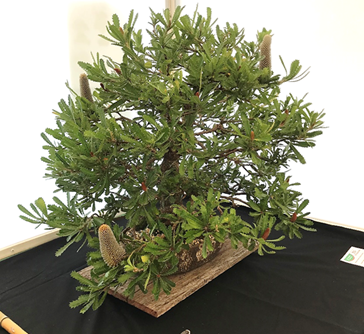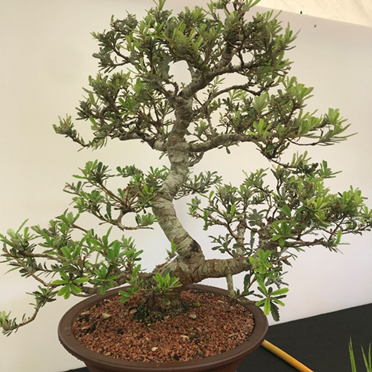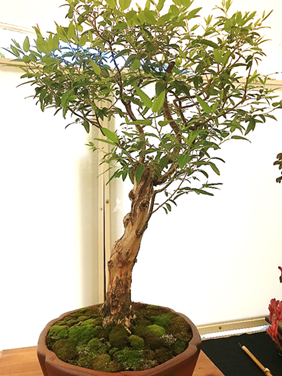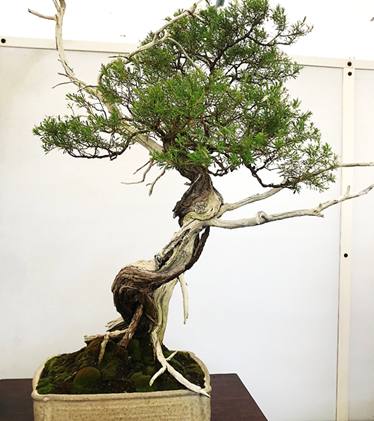On October 19, bonsai enthusiasts gathered at the renowned Ray Nesci’s Nursery in Dural for the 40th Annual Bonsai Show, hosted by the School of Bonsai. This event marked a vibrant showcase of bonsai craftsmanship, drawing together artists, hobbyists, and admirers of the ancient art. The event highlighted a unique, growing trend: cultivating Australian native plants as bonsai, a practice that is not only visually striking but also fosters a deep connection with Australia’s natural flora.
This year’s exhibition included a stunning range of bonsai created from native Australian plants, each offering its own distinct charm and personality. For both seasoned bonsai practitioners and those new to the craft, the show was an inspiring display of what’s possible when traditional Japanese techniques meet the resilience and character of Australia’s native species.
Native Plants in the Spotlight
The show featured a selection of Australian natives transformed into living works of art, with each plant displaying a unique adaptation to bonsai form. Among the highlights were:


Banksia dentata and Banksia marginata: These native Banksia varieties bring an unmistakable Australian feel to the art of bonsai. With their serrated leaves and intriguing flower spikes, these plants make captivating bonsai, inviting viewers to appreciate the delicate balance between structure and form.


Callistemon citrinus (Bottlebrush): Known for its vibrant, brush-like red flowers, Callistemon citrinus shines as a bonsai. In miniature form, the bottlebrush embodies both the ruggedness and beauty of the Australian landscape, making it a popular choice among enthusiasts.
Eucalyptus saligna (Sydney Blue Gum): Eucalypts are a beloved icon of the Australian bush, and as bonsai, they capture that essence on a smaller scale. The refined, slender leaves of Eucalyptus saligna make it particularly suitable for bonsai, showcasing the elegance of one of Australia’s signature species.


Graptophyllum excelsum and Kunzea ambigua: These lesser-known natives add diversity to the bonsai display. Graptophyllum excelsum, with its lush foliage, and Kunzea ambigua, known for its small yet fragrant flowers, each bring a unique texture and presence, enriching the art of native bonsai with fresh possibilities.
These pictures first appeared in the Newsletter of the Parramatta and Hills District Group ‘CALGAROO’ November issue. Australian Plants Society NSW Ltd courtesy of Ian Cox
